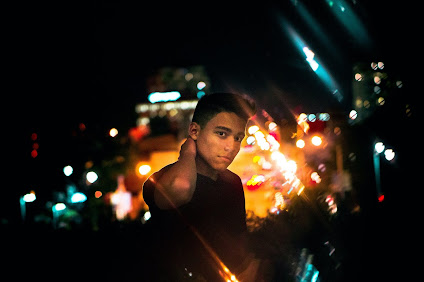- Get link
- X
- Other Apps
Lighting
The type of light illuminating your subject has a profound effect on the feel and success of the photograph. In digital photography, it is not the amount of light that really matters. Long shutter is used during low light conditions when light rays reach the camera's sensor. Actually, the quality of lighting transforms an ordinary shot into a great picture.
There are several factors that contribute to the quality of lighting, but the easiest way is to change the direction of light source relative to the subject. This determines where actually the shadows fall and which parts of the subject are actually lit.
Direction of Light: For simplicity purposes, photographers generally talk about three broad categories of lighting directions.
Frontal lighting - in this, the light can be in front of the subject.
backlighting - light can be behind the subject.
side lighting - the light can be to the side of the subject. Each type of lighting has its own effect on the light.
______
Frontal Lighting: The sun light coming from behind the photographer evenly lights the building. This sort of lighting is better for accentuating color, as seen in the red color of brickwork and blue color of the sky.
Backlighting: most of the scene is illuminated indirectly by the backlighting. However, the narrow beam of light coming from the arch brings that part of the scene alive, revealing the texture of the archway.
Mixed Directions: The ramp is lit by natural sunlight coming from the side and back. Most of ramp is in semi-shadow areas and lit only by soft and reflected light. However, most of it is bathed in strong direct sunlight.
Side Lighting: Direct side lighting from any source typically creates both strong highlights and shadows. you can see some parts of the red chili in detail, whereas some of its parts are in total darkness.




Comments
Post a Comment